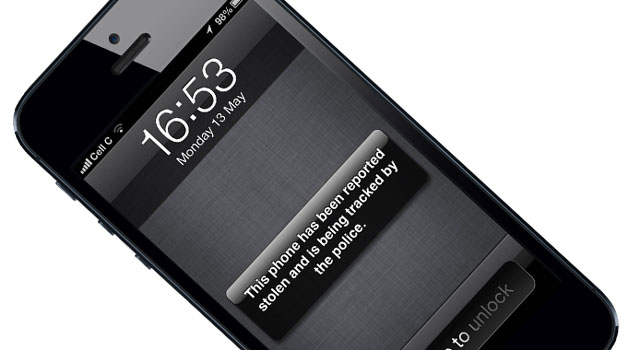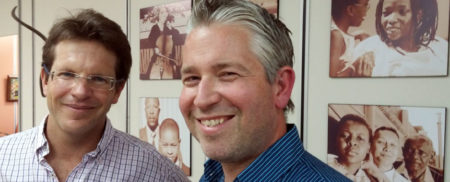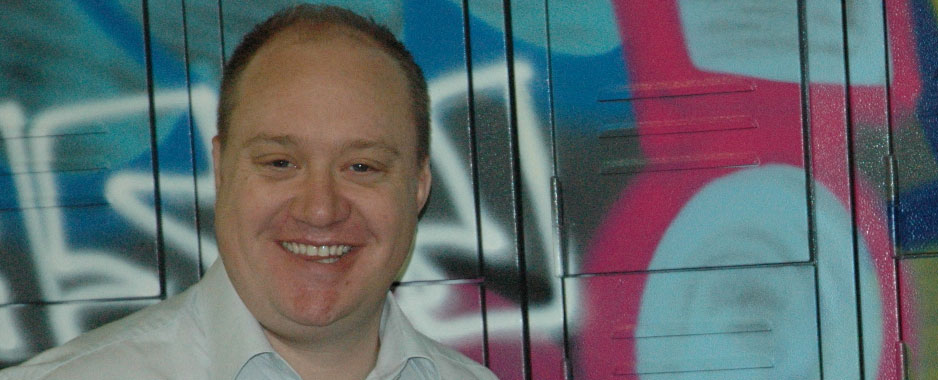
When journalist Gus Silber fell victim to a home invasion last weekend, his iMac, iPad mini and iPhone were stolen. Using an application called Find My iPhone and a neighbour’s tablet computer, he was able to watch his assailants make their getaway in his stolen car and follow their progress into Alexandra, north of Johannesburg.
Once in Alex, the perpetrators unfortunately turned off Silber’s iPhone, meaning the police who were tracking the signal with Silber lost the link. Nevertheless, Silber says the police were amazed by the technology and, despite its imperfections, he believes it has the potential to allow victims of crime to help the police arrest South Africa’s less technologically adept criminals.
GPS-enabled devices can usually be tracked to within a few metres. “The tech does work,” Silber says, “but it’s not pin-point accurate.”
Whatever device is being tracked has to be switched on and connected to a network, so it’s a good argument in favour of getting a 3G-enabled iPad, Silber says.
“I was able to use my neighbour’s iPad to show the police that the criminals were on the highway and that they took the Marlboro offramp,” Silber says. “I think the police are wising up to the possibilities of technology and I’ve heard that some gangs won’t take Apple devices now because they know they’re trackable.”
Silber, who lives in Northcliff, Johannesburg, says he’s used Find My iPhone a number of times to find misplaced devices. “It’s so good for that, that now my first impulse is to use it when I need to look for other things. It’s one of the first things I install on a new device, mostly in case I misplace it.”
The app can make a missing or stolen device emit a high-pitched sound. It can remotely lock it or even erase its contents. If a device is switched off when stolen, the app can set it to notify the user by e-mail when it is turned back on so that it can be tracked.
“I erased my iMac and iPad mini, but left my iPhone for now,” Silber says. “I’m hoping the phone will send me a message when it gets reconnected.”
Apple isn’t the only manufacturer that’s realised the potential of tracking technology. “There’s also BlackBerry Protect and a number of Android apps,” Silber says. “In fact, the first time I ever saw this sort of technology it was on an Android device.”
Where’s My Droid, an application for Android, allows users to perform actions on their stolen device via SMS. There are plenty of others in the Google Play store.
Some applications like Prey even allow you to take images using a device’s built-in camera, or to view the screen of the device remotely in case the thief logs into their e-mail or social media profiles.
“Watching a green dot move on a screen and knowing that’s the people who’ve just robbed you is bizarre. It’s straight out of science fiction. I think it’s fantastic technology and it will get even better,” Silber says.
Entrepreneur Andy Hadfield is similarly enthusiastic about Find My iPhone, having used it to find a misplaced phone at a neighbour’s house and to track his wife’s stolen phone.
“I was able to make the phone make a noise and then I started sending messages to it saying things like, ‘The police are now tracking this device’, and so on. Eventually I sent some really nasty messages.
“Unfortunately, you’re limited by the device’s battery,” Hadfield adds. “You can check the location intermittently or use continuous tracking. We followed it for ages, but once my wife’s phone disappeared into Hillbrow we had to give up. The police were fascinated by it.”
Hadfield says what will prove interesting is how criminals will respond as more consumers begin using these tools. “It’s going to be fascinating to see how criminals react and respond to this sort of technology and how quickly they figure out workarounds.” — (c) 2013 NewsCentral Media




